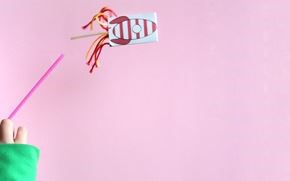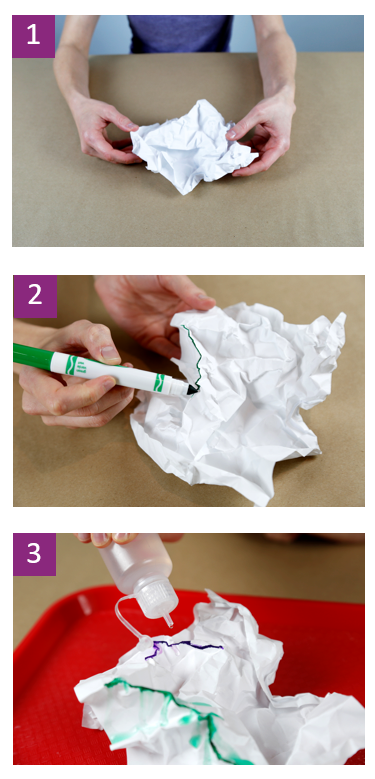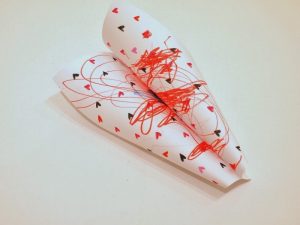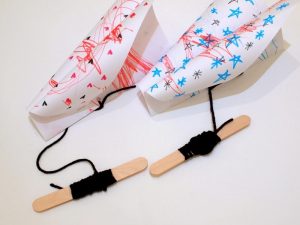A simple experiment on how the colour from M&Ms mixes in water. Simple, fast, cheap and beautiful makes it an interesting experiment. Get the kids to think first what they think will happen. Questions are an important part of the scientific method, along with observation and investigation.
The Science Behind
The science behind why the colors do not mix is known as water stratification. Each color of M&Mhas a slightly different chemical make up which, when dissolved, creates a water solution that has slightly different properties such as density, salinity, and oxygenation. This creates a barrier that prevents the water from mixing and is why salt water and fresh water do not mix.
Another scientific property that is at work here is called concentration gradient. Simply put this is the process where molecules will move from high concentration to lower concentration areas. We see this as the colors move through the water.
HOW WE DID OUR EXPERIMENT
- Set out the supplies
You will need a good sized white plate, lots of M&M , and water. Ensure you are set up in an area where the plate will not be disturbed. Any vibration or movement could affect your results. - Arrange the M&M:s
Consider what you want your art to look like and start arranging your Skittles in a pattern around the plate that you think will work best for your Skittles colorful art creation.
Add water
Gently pour the water onto the plate.
Wait and watch
Very quickly you will start to see the colors travel. Watch to see how they move about the plate and what happens when they meet up with other colors. Depending on the size of your creation this will take about 10 minutes.
Repeat
Our favorite part of this experiment was creating a variety of different art pieces.
Analyze the Results
One way to analyze it is to create a timelapse movie. Set up your iPad to take a picture at a set interval and then combine it to a movie. For my movies did I use iMotion.
Two inspirational movies: Film 1 and Film 2
MORE IDEAS
- What happens if you use water at different temperatures?
- What happens if you use different types of liquids? Water, vinegar, juice, pop?
- We used Skittles, but what would happen if you tried different candies? Lollipops, M&Ms, Starbursts, etc.








